When Designing a Small Space, Keep These Principles in Mind
Small can be beautiful, especially when designed well.
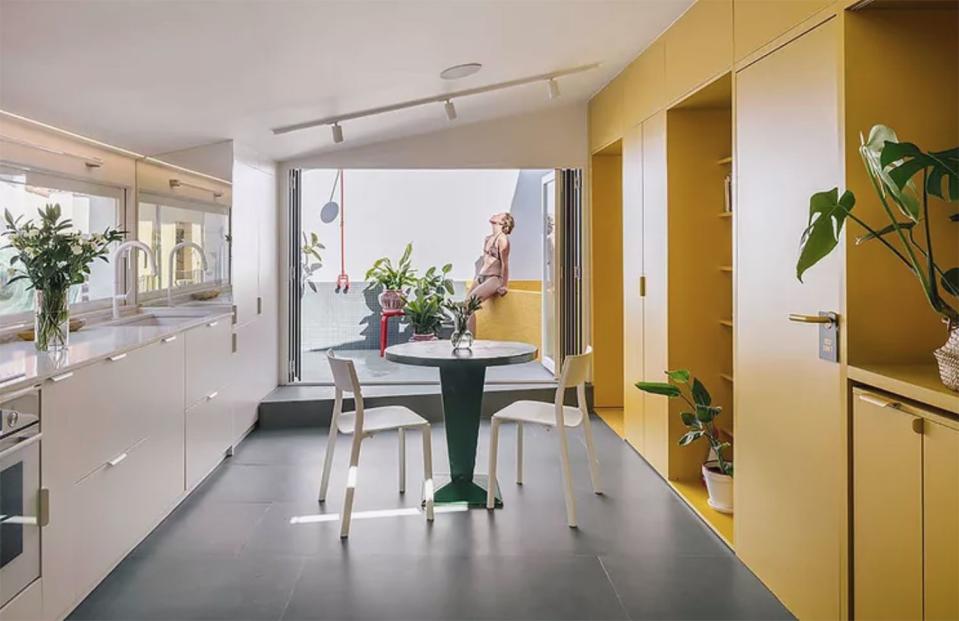
Imagen Subliminal
We've been singing the praises about smaller living spaces for years, whether that's smaller homes, micro-apartments, tiny houses, treehouses, cabins, or even converted vehicles. That's because these smaller spaces are often less expensive to buy or rent—meaning that people find it easier to achieve greater financial freedom by living in one. Smaller spaces are also typically easier to clean and maintain, and generally have a smaller carbon footprint because they don't require as much heating or cooling compared to a conventionally sized home.
Nevertheless, designing a smaller living space can be tricky due to the limited amount of square footage. While calling a small space home often goes hand-in-hand with some form of minimalism or simple living, one still has to fit in some basic elements into that space (think a place to cook, sleep, and do one's private business). That configuration—and how to achieve it—might look different for each person, depending on their needs and personal habits, but here are some important small space design principles to keep in mind to ensure that your small home feels spacious and functional.
Maximize Natural Light and Air
Light—especially sunlight—helps to brighten up a space and make it feel larger than it actually is. Larger picture windows also help to frame views to the outside, creating spaces that feel more connected with one's environment. Plus, adding extra windows like skylights, clerestory windows, or even a glass floor can aid in bringing in more light without compromising privacy. By adding more operable windows, one can also increase the flow of fresh air, which can help improve indoor air quality.
For micro-apartments where adding extra windows is out of the question, one can simulate this light-boosting effect by strategically adding more and different types of artificial lighting or by adding more mirrors.
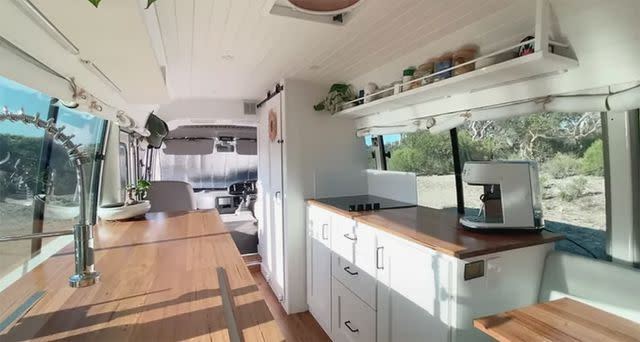
Exploring Alternatives
Connect Indoors with Outdoors
With a limited amount of indoor space, it's crucial to maximize one's use of the outdoor space as much as possible. The addition of an outdoor deck, perhaps accessible via a set of glass patio doors, can help create the sense that the interior space is extending to the outside, thus enlarging one's perception of overall space. For urban apartments, this might mean incorporating a small container garden, or a rock garden, on a balcony or window space.
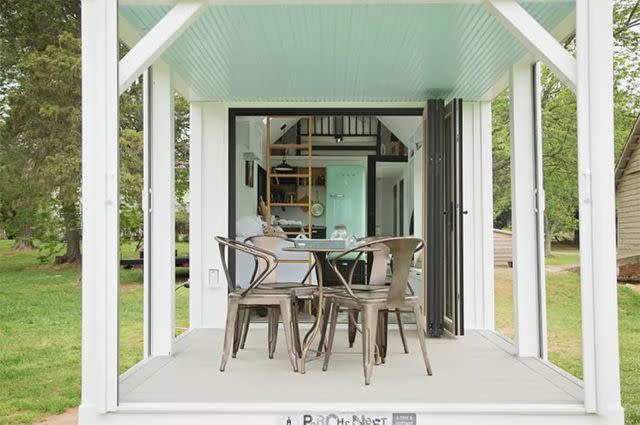
Tiny House Farms
Raise the Ceiling
Just as it's important to maximize natural light and that connection with the outdoors, raising the ceiling height whenever possible—or creating a double-height space—helps to give the illusion of spaciousness.
Incorporate Multifunctional Furniture to Create Multipurpose Spaces
Multifunctional furniture—also known as transformer furniture—can be a game-changer in smaller spaces. With not much room to put bulky, singular-purpose furniture pieces, that means assigning double- (or even triple-) duty to big items like sofas, or perhaps seeking out companies that offer purpose-built furniture for small spaces. That could mean getting a couch that can also convert into a bed, or an ottoman or coffee table that also incorporates storage. This allows areas to be used for a variety of purposes, thus making a small space much more functional.
In some micro-apartments, the art of incorporating transformer furniture can reach such levels that they can rightfully be called transformer apartments.
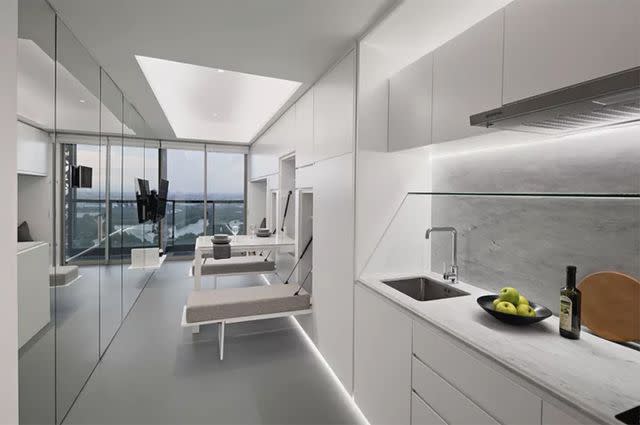
Mario Wibowo
Hide the Bed, Table, Chair, and So On
With every inch of usable space being quite precious, it can also help to periodically make more space by literally hiding furnishings when they aren't in use. This means designing tables to flip up, or installing a Murphy bed that tucks away during the day, or choosing folding chairs that can be stored away when they aren't needed. Even stairs can be made to be retractable, or eliminated completely with the use of a ladder, or opting for a loftless tiny house.
Storage, Storage Everywhere
A small space often means less space to store things like seasonal gear, or that piece of kitchen equipment you use a few times a year. To increase storage space, one can incorporate storage spaces in the most unexpected places, like under the stairs, in the kitchen kickplate, or perhaps in a vertical pantry that pulls out. By having more storage, this can help to reduce clutter, thus preventing a small space from feeling cramped and messy.
Rethink the Stairs
Besides incorporating storage under the stairs, one can also opt for a space-maximizing staircase design, like one that uses alternate treads, or a switchback design.
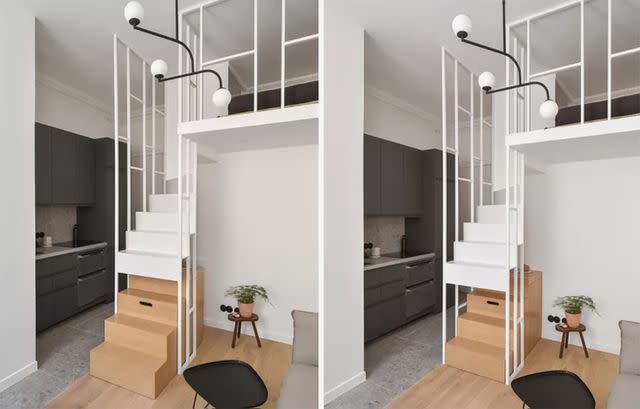
Studio Beau Faire
Use a Lighter Color Palette
This oft-repeated mantra means that lighter paint colors like off-whites, light neutrals, paler tones and pastels will help to bounce natural light around in a small space, thus making it feel more luminous and larger. Of course, there are instances where these rules can be broken, where darker colors can also complement a small space well.
Maximize Floor Space
When there are a lot of things taking up limited floor space, a small space can start to feel cluttered. For instance, swinging doors can take up a lot of floor area, so replace these with sliding doors (maybe even in glass), or pocket doors. Opt for wall-mounted toilets, "floating" vanities, or perhaps a suspended "elevator" bed to keep the floor space as open as possible.
In the end, it's important to remember that these are merely guiding principles, and not hard-and-fast rules for designing a small space. Sometimes it can be beneficial to diverge from these suggestions to achieve a certain desired aesthetic, or to accommodate a special situation. Ultimately, it pays to take some time to carefully consider one's preferences, aims, site conditions and budget, before tackling the task of remaking one's small space into one that can be called home.

